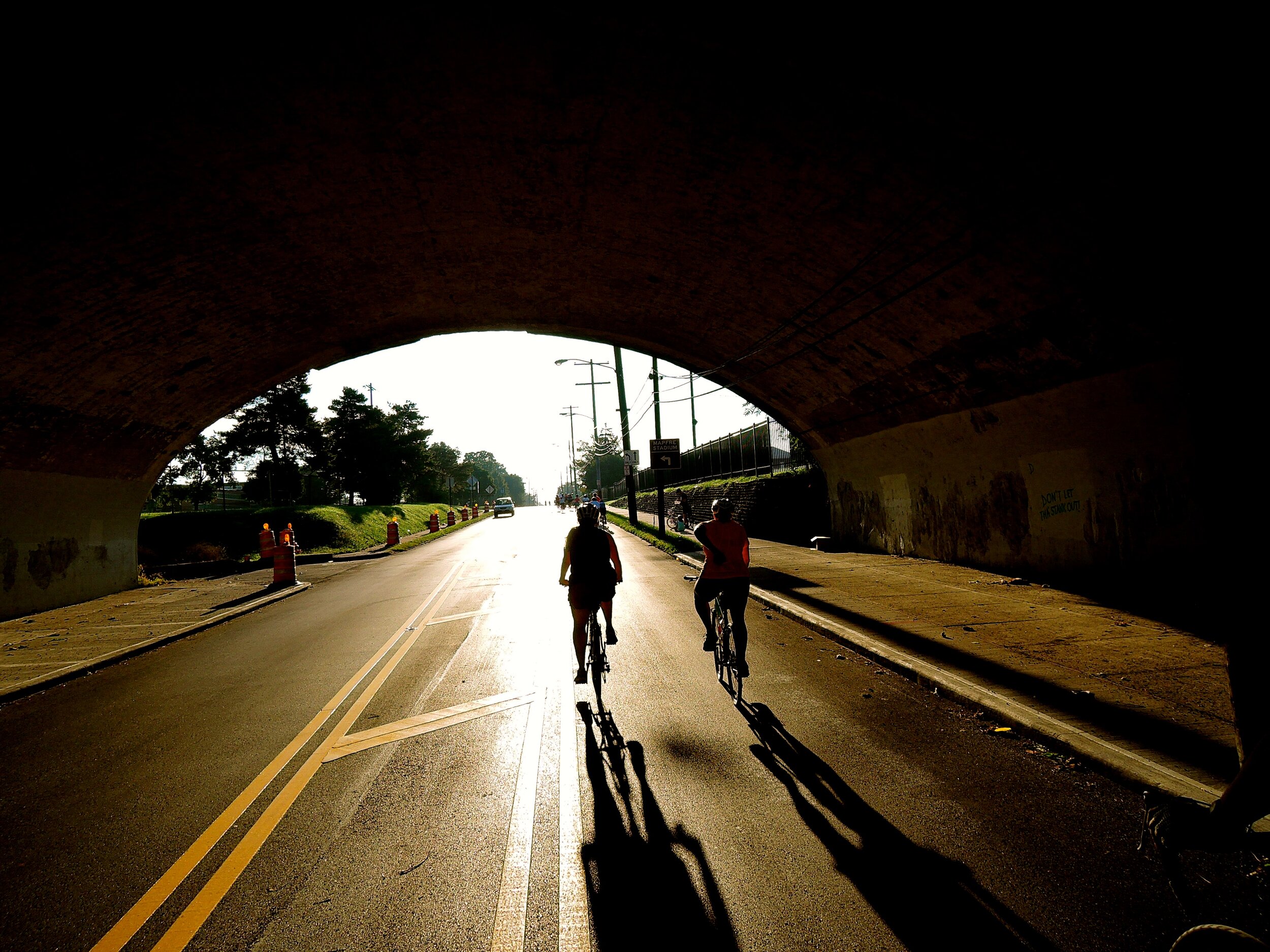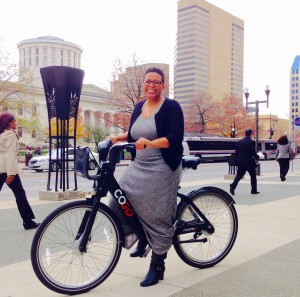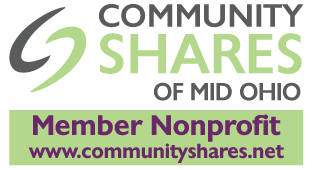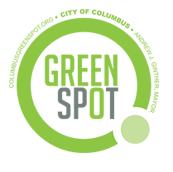Name: Will Koehler
Lives in: Clintonville
Works in: Clintonville
“My interest was piqued.”
Will’s love affair with bikes and biking started early. He’s been riding since he was 8-years-old, or 10, he can’t quite remember. His Dad got Will and his friends out on bikes at an early age. Together they pedaled the one-lane country roads near their home in Oxford, Ohio. Quickly, Will was enamored. He joined a bike club and became a regular recreational cyclist.
When he relocated to Columbus in 1986 Will found himself cycling the “big city” recreationally on his way out to less populated country roads. It was a client who lived in Connecticut who helped Will see bicycling a little differently. During a visit to Connecticut, Will’s client invited him to travel in to work by bike. The 30-mile commute served as training ride for upcoming bicycle races and was a better option to driving through rush hour. What was a long, congested commute by car became a scenic morning bike ride. During this trip “I realized that biking could be transportation,” Will said.
Will’s revelation left him inspired. For years he continued to ride recreationally, but started mixing recreational bike rides with occasional 12-mile commutes to work. Then, about seven years ago, Will was left without a car to get around. Building on his foundation of recreational riding and occasional commuting, Will started biking as his main source of transportation.
Hungry to learn how Columbus could make traveling by bike an option for more people, he started digging into blogs, articles, books, news, anything that could help him teach him how cities can make the roads safer. “I knew about Yay Bikes! for years. It wasn’t until the engineer rides came along that my interest was piqued.”
“I watched them begin to see things differently.”
In October 2014, Will met Yay Bikes! Executive Director, Catherine Girves. During their conversation, Catherine mentioned an upcoming bike ride with engineers from the City of Columbus. A firm believer that better road infrastructure is the key to change the way people travel, Will was excited. “I didn’t invite myself on that ride which is what I really wanted.” Luckily, Catherine saw Will’s passion and knowledge. She invited him to ride with Yay Bikes! and the engineers.
Catherine and Will showed up with bike lights and the attitude to foster a productive relationship with city engineers. “It was a great opportunity to get our voices heard and to be in front of people who can change the way our roads are designed,” Will said. For the first time the engineers experienced the road from a bicyclist’s perspective on downtown streets during rush hour.
“I watched them begin to see things differently.” This shifted Will’s perspective even more and opened up the possibilities of biking in Columbus, especially as improvements to Columbus’ bike infrastructure were made.
“It’s everyday biking.”
He still trains and rides with old teammates, but Will is learning bit by bit that biking is actually simpler than he realized. “There’s no need for fancy equipment or special clothes – slowly I’m letting go of all this baggage and the perception that biking needs to be complicated and athletic. I’m learning that a bike is a simple tool you can use in your daily life.” Will said. “Taking it to the core essence, biking is as easy as walking, only faster.”
Just in the past few years, Will’s lengthy recreational rides on country roads have morphed into weekend family excursions. “It’s all new for me this year, everyday biking.” Will and his family use bikes not only for daily transportation, but also as a way to explore the city.
On Sunday’s, Will, his wife and young daughter load up on their bikes and travel throughout the city. “As long as weather permits, we’re going to be on a bike. We can get all over Columbus pretty easily,” Will said. With help from Yay Bikes! and city-wide infrastructure improvements Will sees riding the streets of Columbus differently. He’s learned favorite routes for travel, but he and his family have also found a new kind of adventure.
Will sees this shift nationwide. People are moving away from the notion that clothes, shoes, a certain kind of bike, or specific routes are requirements to biking. Will thinks – and hopes – this trend will continue as more people start to adopt everyday biking into their lives.































